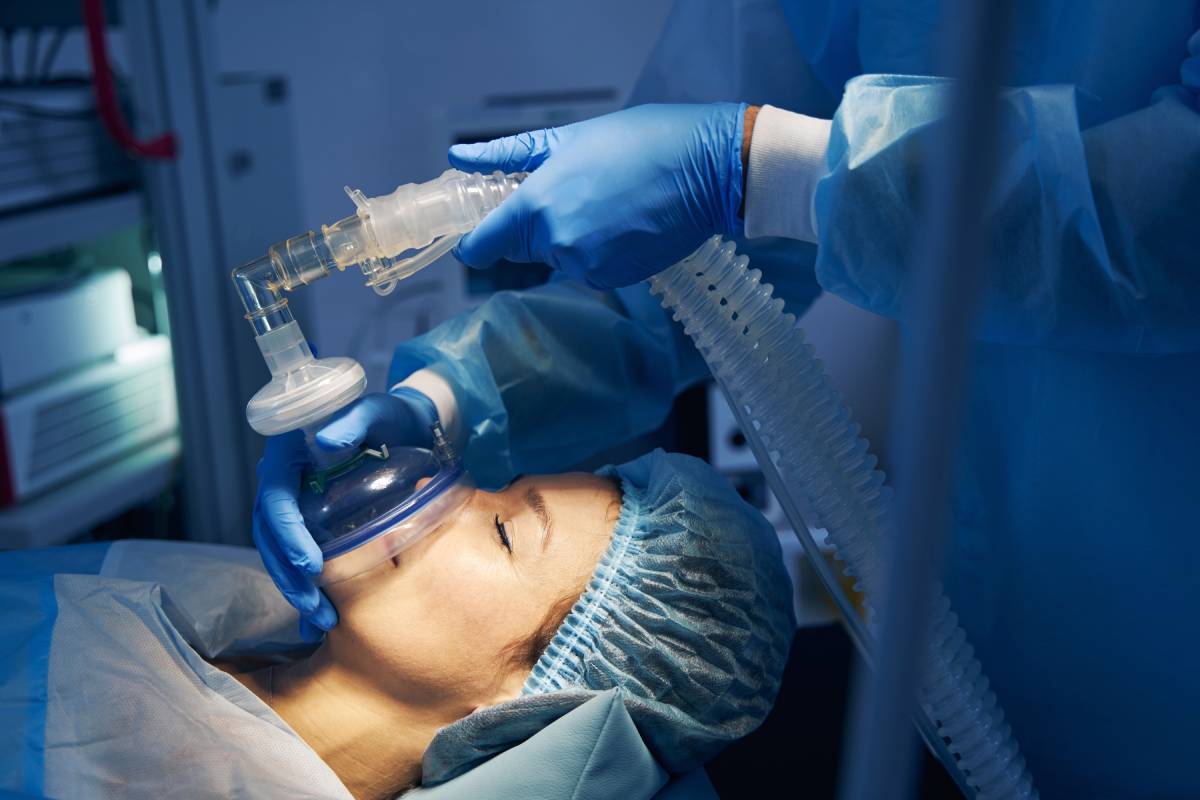The administration of anesthesia is a complex medical procedure, and ensuring adequate airway management is a crucial aspect of patient safety and comfort. While anesthesia allows physicians to perform procedures that would otherwise be uncomfortable or painful for patients, an effect of many anesthetics is respiratory depression or even cessation. A secure airway is essential to facilitate proper oxygenation and ventilation while the procedure occurs. As a result, airway management during anesthesia is extremely important.
Maintaining a patent airway is paramount in anesthesia, as it ensures the patient receives an adequate supply of oxygen and allows for the elimination of carbon dioxide. Effective airway management is a collaborative effort between the anesthesia provider, surgeon, and other healthcare professionals involved in the patient’s care.
Airway management involves several different but connected components. These include assessment, airway device placement and ventilation if needed, oxygenation, and monitoring.
Prior to administering anesthesia, a thorough assessment of the patient is conducted. Factors such as the patient’s medical history, anatomical features, and potential challenges are considered. This assessment informs the creation of an airway management plan.
Patients undergoing general anesthesia are not able to breathe on their own and require intubation. Endotracheal intubation involves placing a flexible tube into the trachea, ensuring a secure airway. This technique is especially beneficial for surgeries that require precise control over ventilation, such as abdominal or thoracic procedures. The use of a laryngoscope aids in visualizing the vocal cords and guiding the endotracheal tube into the trachea.
Supraglottic airway devices, such as the laryngeal mask airway (LMA), are alternative tools for airway management. These devices sit above the glottis, providing a conduit for ventilation. Supraglottic airways are particularly useful in certain surgeries and can be inserted more rapidly than endotracheal tubes, offering advantages in emergency situations.
Mask ventilation involves manually ventilating the patient by applying a mask over the nose and mouth. This technique is often used during the induction of anesthesia and in situations where intubation may be challenging. Proper mask ventilation requires skill and attention to ensure effective ventilation without causing gastric insufflation.
Continuous monitoring of the patient’s oxygen saturation, end-tidal carbon dioxide levels, and other vital signs is essential throughout the anesthesia process. This real-time feedback allows the anesthesiologist to make prompt adjustments and address any potential airway issues. Airway management also includes being prepared to rapidly adjust according to anesthesia levels and surgery needs.
There are several considerations and challenges to airway management during anesthesia that providers must understand. For example, some patients present challenges due to anatomical variations or pre-existing conditions, making airway management more challenging. In such cases, having alternative techniques and equipment readily available is crucial to ensure the safety of the patient.
Aspiration, the entry of stomach contents into the lungs, is a potential complication during anesthesia. Proper fasting guidelines and the use of medications to reduce gastric acidity help mitigate the risk of aspiration. Additionally, careful attention is paid to airway pressures during ventilation to minimize the chances of regurgitation.
Airway management is not a one-size-fits-all process. Each patient’s anatomy and medical history necessitate a personalized approach. Anesthesiologists tailor their techniques and equipment choices based on individual patient characteristics.
Airway management during anesthesia is a dynamic and complex process that requires skill, precision, and continuous vigilance. The goal is to provide a secure and unobstructed pathway for oxygenation and ventilation while minimizing complications. By combining a thorough preoperative assessment with a personalized approach and the use of advanced techniques and equipment, anesthesia providers can ensure that patients undergoing anesthesia experience proper respiratory function throughout the perioperative period.
